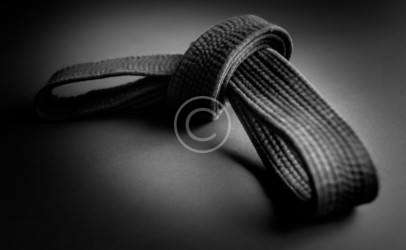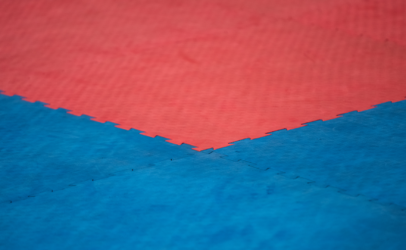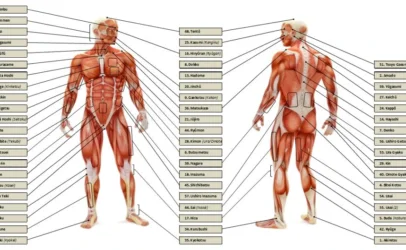A Ninjutsu mozgásanyagának elsajátítását a Tai jutsu-val, vagyis a pusztakezes gyakorlással kezdjük, majd erre épülve tanuljuk a fegyverek használatát.
Ezért is kapta harcművészeti rendszerünk a Bujinkan Budo Taijutsu nevet. A Tai testet jelent, a Jutsu művészetet, ami arra utal, hogy a megfelelően felkészített test küzdelem közben összehangoltan, pontosan, de ugyanakkor szabadon fog cselekedni, a hatékonyság érdekében.
Az edzések során hangsúlyozzuk a helyes, egyenes tartást és a mozdulatok kivitelezésénél a láb-csípő-kar sorrendet. Példán keresztül szemléltetve az ütés végrehajtásánál nem csak a kar erejét hívjuk segítségül, hanem először a láb mozdul, majd a csípő, végül a gerincen keresztül a mozgás energiája eljut a karokig és így létrejön egy olyan ütés, aminek ereje mögött az egész test tömege ott van.
Ez az elv érvényes minden technikára, függetlenül, hogy van e nálunk valamilyen eszköz, vagy nincs.
A Ninjutsuban nem technikákat, hanem elveket tanulunk. Nem a jó technikáért gyakorlunk, hanem az elvek helyes értelmezéséért, végrehajtásáért. Az elvek helyes alkalmazásának eredménye a jó technika.
„A taijutsu /a ninjutsu pusztakezes technikái/ nem szabad, hogy a győzelemről vagy vesztésről szóljon, az életet és a létünket kell, hogy szolgálja. Máskülönben könnyen a forma rabjává válhatunk.„ – Soke Hatsumi Masaaki
A Tai Jutsunak három része van.
Daken Tai Jutsu amely az ütéseket, rúgásokat, védéseket tartalmazza. Ezeket bármely szögből, irányból végezhetjük. Az a cél, hogy az adott szituációban a lehető leghatásosabb technikát alkalmazzuk.Ütőfelületként valamennyi testrészünket használhatjuk, mivel az egész testünk energiáját használjuk. Ütéseinkkel nem csupán a támadó fizikuma ellen harcolunk, a tudatán keresztül is hatunk a testére. Ehhez megfelelő helyekre elhelyezett támadásokat, védekezéseket alkalmazunk.
A Ju Tai Jutsu tartalmazza a különböző csavarásokat, feszítéseket, kulcsokat, dobásokat, és az ezekre történő kontratechnikákat.
A Taihen Jutsu a “test változtatás művészete”. Ide tartoznak a kitérések, lépések, ugrások, esések, zuhanások, gurulások.
A három rész együtt alkotja a Ninjutsu mozgásanyagát. Ezek kiegészítik egymást. A tanulónak mind a három területnek az alapelveit meg kell értenie ahhoz, hogy a Ninjutsut alkalmazni tudja.
Mivel a Ninjutsu egy harcművészet, a technikákat reális támadásokra, életszerű helyzetekre gyakoroljuk. Ide tartozik például, hogy a tanulónak a betonon is kifogástalanul kell esnie, hiszen az utcán ritkán van tatami (szőnyeg).

Kyushok a Bujinkanban




